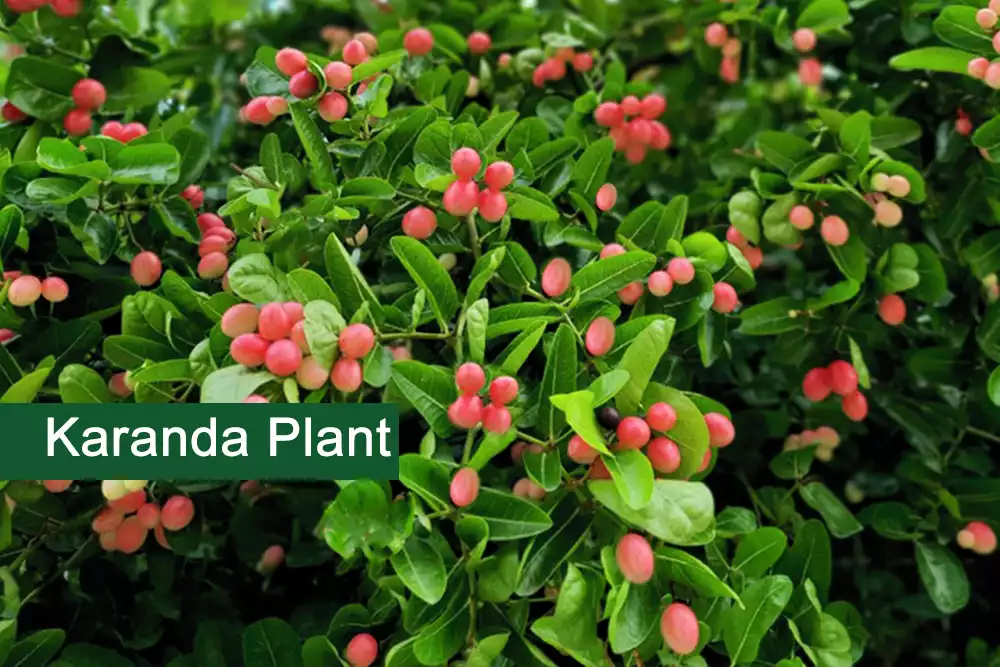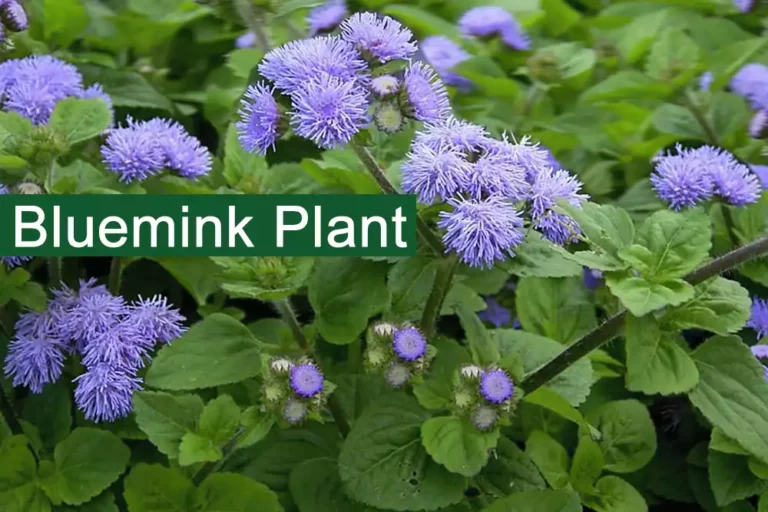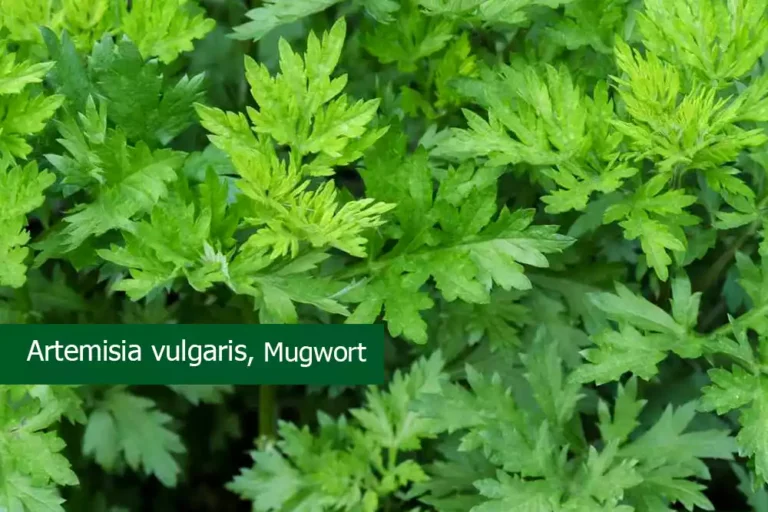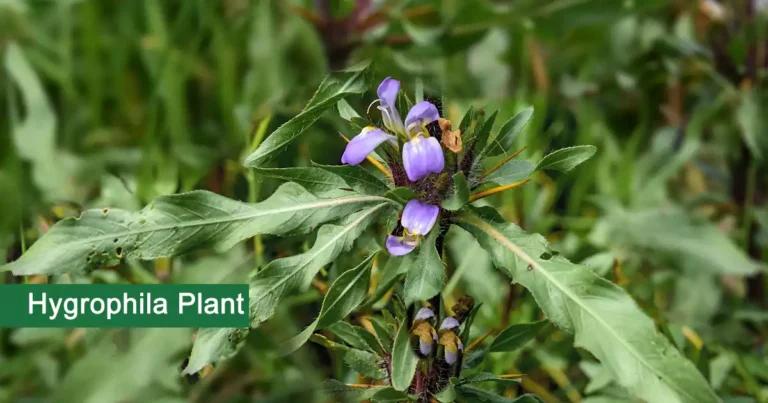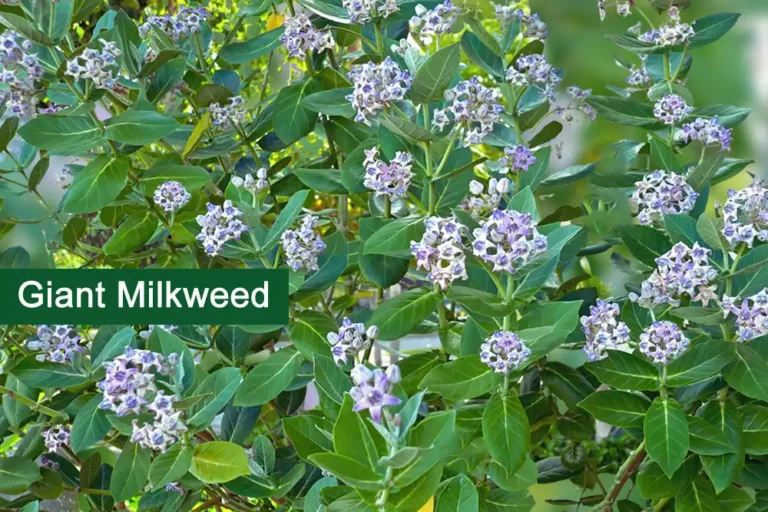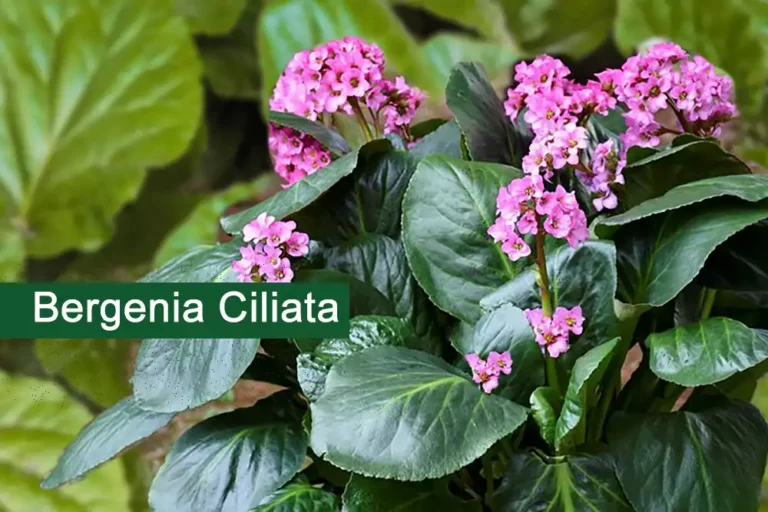Karanda Plant (Carissa carandas) Medicinal Uses, And Benefits
Karanda Plant is also known as the Carissa carandas, carandas plant, Karanda, Karanda plant, and in Urdu Karonda plant. Find out its medicinal uses, benefits, how to identify and grow it, and its traditional and international uses.
Karanda Plant Overview
| Botanical Name | Carissa carandas |
| English Name | Karanda |
| Urdu Name | Karonda plant |
| Common Name | Karonda, Karanda, Bengal currant, Carandas plum, |
| Family | Apocynaceae |
| Habit | Perennial shrub |
| Part Used | Whole plant |
| Medicinal Plants | Explore |
Karanda Plant (Carissa Carandas)
It is a, woody, climbing shrub, usually growing to 3-5 m high. The branches of Karanda, numerous and spreading, forming dense masses, are set with sharp thorns, simple or forked. The leaves are evergreen, opposite, oval or elliptic, dark-green, leathery, glossy on the upper surface, lighter green and dull on the underside.
The fragrant flowers are tubular with 5 hairy lobes which are twisted to the left in the bud instead of to the right as in other species. They are white, often tinged with pink, and borne in terminal clusters ranging from 2 to 12.
The fruit, in clusters of 3 to 10, is oblong, broad-ovoid or round, has fairly thin but tough, purplish-red skin turning dark-purple or nearly black when ripe; smooth, glossy; enclosing very acid to fairly sweet, often bitter, red or pink, juicy pulp, exuding flecks of latex.
Distribution of Karanda Plant
Karanda plant (Carissa carandas) is native to throughout much of India, Burma and Malacca and dry areas of Ceylon villages. Karanda is rare in Malaya, but it is often grown in Thailand, Cambodia, and South Vietnam, as well as in East Africa, Jakarta, the Philippines, and In California, as well as in a few experimental gardens in Trinidad and Puerto Rico.
Medicinal Uses of Karanda Plant
Folk Use
A paste of the pounded roots, of the Karanda plant serves as a fly repellent. The leaf decoction is valued in case of intermittent fever, diarrhea, oral inflammation and earache.
Tib (Traditional Islamic Medicine) Uses
The ripe fruit is taken as antiscorbutic and remedy for biliousness. The root is employed as a bitter stomachic and vermifuge and it is an ingredient in remedy for itches.
International Use
The root is use for the treatment of gonorrhea, indigestion, chronic ulcer. Unripe fruit is used as appetizer and astringent. Ripe fruit is carminative, expectorant, biliousness, haematemesis, and antidote for poisons and appetizer. The root contains salycylicacid and cardiac glycoside causing a slight decrease in blood pressure.
Culinary Use
In Asia, ripe fruits are utilized in curries, tarts, puddings and chutney. When only slightly under ripe, they are used into jelly. In India, green, sour fruits are transformed into pickles by removing their skin and seeds and then seasoned with sugar and cloves. These pickles have gained popularity as a substitute for apples in tarts.
Constituents of Karanda Plant
It contains calories, moisture, protein, fat, carbohydrate sugar, fiber, ash and ascorbic acid.
Climate and Growth Conditions
- Temperature: Max: 32°C, Min:-20°C
- Climate: Temperate and Tropical region.
- Rainfall: 630-1500 mm/year
- Soil: Plant grows in dry rocky and sandy soil.
- pH Range: 6.5-8.6
- Reproduction: By seed, layering and cutting.
FAQs
What is the common name of Carissa carandas in Pakistan?
In Pakistan, Carissa carandas is commonly known as “Karanda”.
Is Carissa carandas poisonous?
Its seeds and leaves are toxic, but the fruit is safe to consume.
What is the benefit of Karanda tree?
The Karanda tree offers shade, food, and medicine. Its fruit is packed with vitamins and antioxidants.
What is karvanda called in English?
Karvanda is commonly known in English as “Carandas plum” or “Christ’s thorn”.
How do you take care of a karanda plant?
To care the Karanda plant, give it regular water, provide full sun to partial shade, and fertilize it a few times. Prune it to maintain shape and promote fruiting.
Disclaimer:
All images used in this post are from Google Images and Credit goes to their respective owners.

